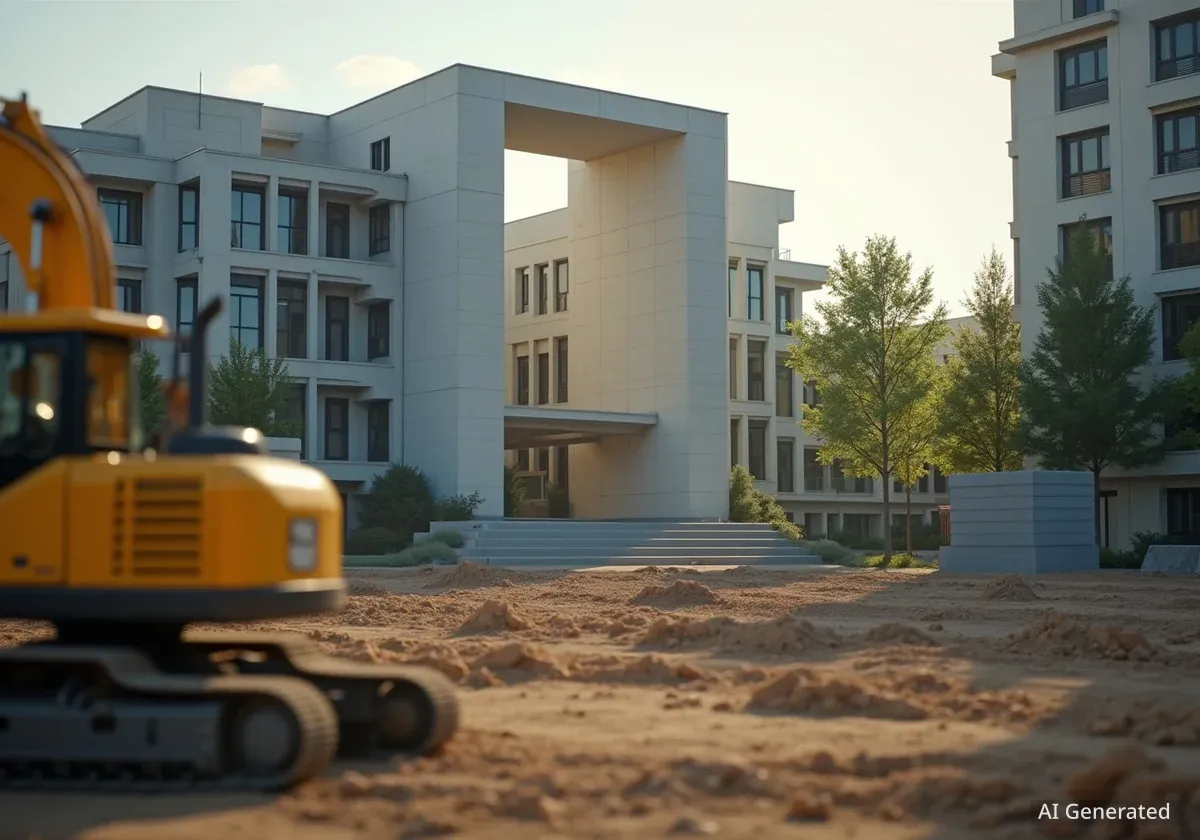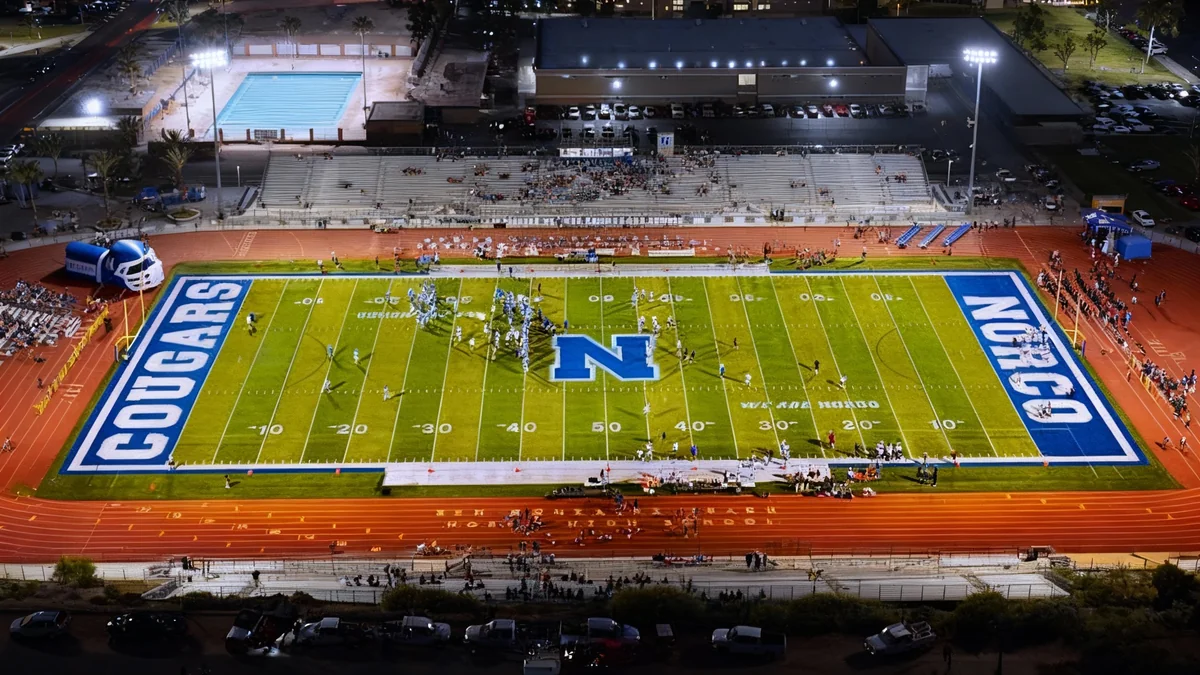Michigan State University's Board of Trustees is scheduled to vote on a revised proposal for the 'Spartan Gateway District,' a major development project that now excludes the previously approved $150 million Olympic sports arena. The new plan represents a significant shift in the university's infrastructure strategy.
The updated vision for the 14-acre mixed-use development aims for a scale that is considered more suitable for the chosen location. University officials cite evolving athletic facility needs as a primary reason for this strategic redirection.
Key Takeaways
- Michigan State University's Board of Trustees will vote on a scaled-back 'Spartan Gateway District' proposal.
- The revised plan removes the initially approved $150 million Olympic sports arena from the project.
- The change is attributed to evolving athletic facility needs and a desire for a more appropriately scaled development.
- The proposal was authored by key university figures, including the Athletic Director and Vice President for Strategic Infrastructure.
A Shift in Strategic Vision
The original plan, approved in April, was an ambitious undertaking centered around a state-of-the-art Olympic sports facility. This centerpiece was intended to elevate the university's athletic profile and provide a modern venue for various sports. However, the latest proposal indicates a fundamental reevaluation of that approach.
A document prepared for the Board of Trustees outlines the rationale for this change. Authored by Athletic Director J. Batt, Senior Adviser to the President Harold Balk, and Vice President for Strategic Infrastructure Planning and Facilities Daniel Bollman, the proposal points to a "reenvisioning" of the project. This new direction is designed to better align with current athletic program requirements and the specific characteristics of the development site.
This decision suggests a move towards a more pragmatic and possibly phased development strategy. By removing the single largest and most expensive component, the university may be seeking greater flexibility in how the 14-acre parcel is utilized in the coming years.
The Original Grand Plan
The initial approval of the 'Spartan Gateway District' was met with considerable excitement. The project was positioned as a transformative development for the campus, blending athletic facilities with other mixed-use components. The $150 million Olympic arena was the undisputed anchor of this vision.
What is a Mixed-Use Development?
Mixed-use developments are urban or campus planning projects that combine residential, commercial, cultural, institutional, or entertainment uses into one space. The goal is to create a vibrant, walkable community where people can live, work, and play without needing to travel long distances.
Such a facility would have provided a premier venue for sports like volleyball, gymnastics, and wrestling, which often compete in older or multi-purpose buildings. It was also seen as a potential economic driver, capable of hosting regional tournaments and other events, drawing visitors to East Lansing.
The decision to move away from this central element marks a pivotal moment for the project. While the 'Spartan Gateway District' name remains, its ultimate form and function will now be fundamentally different from what was envisioned just a few months ago.
Reasons for the Reassessment
According to the official proposal, the primary drivers for this change are twofold: evolving needs and appropriate scale. The document states that the university's requirements for its athletic facilities have shifted since the initial plan was approved. This could be due to a variety of factors, including changes in NCAA regulations, team performance, or long-term strategic planning within the athletic department.
Project at a Glance
- Original Cost of Arena: $150 million
- Total Development Area: 14 acres
- Initial Approval: April
- Key Reason for Change: Evolving athletic needs and site scale
Furthermore, the proposal emphasizes that the new vision's scale is "more appropriate for the location ultimately selected." This suggests that after further site analysis and planning, university leadership concluded that a massive arena might not be the most effective use of the specific 14-acre site. Concerns could range from traffic flow and parking to the overall integration of such a large structure with the surrounding campus environment.
The joint authorship of the proposal by leaders in athletics, presidential advisory, and infrastructure planning highlights the comprehensive nature of this reevaluation. It was not a decision made in a single department but rather a coordinated strategic pivot by the university's top administration.
What Comes Next for the Spartan Gateway District
With the Olympic arena off the table, the future of the 'Spartan Gateway District' is now an open question. The Board of Trustees' vote will be the first official step in defining the project's new scope. The development is still expected to be a significant addition to the campus, but its focus will likely shift.
Potential new components could include smaller, more targeted athletic training facilities, academic buildings, research spaces, or partnerships with private developers for retail and housing. The university has not yet released detailed alternative plans, but the emphasis on a "mixed-use" concept remains.
The board's decision will have long-term implications for Michigan State's campus development and its athletic programs. Observers will be watching closely to see what new vision emerges for this prime piece of university real estate and how it will serve the needs of students, athletes, and the broader community in the years to come.





